Were you undermothered? Learn all about healing the mother wound using 10 practical strategies.
Signs You Were Undermothered
1. Did your mother frequently criticize or belittle you, making you feel inadequate or unworthy?
2. Did you often feel emotionally manipulated by your mother through guilt-tripping, gaslighting, or other tactics?
3. Did your mother consistently fail to provide emotional support or empathy for your experiences and struggles?
4. Did your mother frequently disregard your personal boundaries, invade your privacy, or try to control your life and decisions?
5. Did your mother’s love and affection come with conditions or was it inconsistent, leaving you confused or insecure?
6. Have you experienced favoritism or being scapegoated by your mother, where she treats you significantly differently than your siblings?
7. Did your mother exhibit controlling or intrusive behavior, trying to micromanage your choices, relationships, or activities?
8. Have you ever experienced physical abuse from your mother?
From an early age, mothers play a crucial role in shaping their daughters’ values, beliefs, and behavior.
Whether through direct guidance or by simply being a role model, mothers have a profound impact on the development of their daughters’ identity, self-esteem, and aspirations.
Negative patterns or unresolved conflicts within the mother-daughter relationship can impact the daughter’s life choices and overall happiness.
Related: Toxic Mother Daughter Relationship Quiz (+FREE Worksheets)
What Healing the Mother Wound Is
1. Recognizing the impact: Healing the mother wound involves acknowledging and understanding how your relationship with your mother has influenced your thoughts, emotions, and behaviors.
2. Self-reflection and growth: It entails engaging in self-reflection, exploring your own experiences, and working towards personal growth and healing.
3. Developing self-awareness: Healing the mother wound requires gaining insight into patterns, triggers, and dynamics that stem from your mother-child relationship.
4. Validating emotions: It includes acknowledging and validating the range of emotions associated with the mother wound, such as anger, sadness, grief, or betrayal.
5. Establishing healthy boundaries: Healing involves setting boundaries and establishing healthier dynamics in your relationship with your mother or maternal figure.
6. Gaining independence: It encompasses developing a sense of autonomy and individuation from your mother, allowing for personal growth and self-actualization.
7. Cultivating self-compassion: Healing the mother wound involves treating yourself with kindness, compassion, and forgiveness as you navigate the journey.
8. Building fulfilling relationships: As you heal, you can work towards creating and nurturing healthier relationships, both within yourself and with others.
What Healing the Mother Wound Is Not
1. Blaming or resenting your mother: Healing the mother wound does not involve blaming or holding onto resentments towards your mother. It focuses on understanding and healing your own wounds rather than assigning blame.
2. Ignoring or suppressing emotions: It is not about dismissing or suppressing the emotions associated with the mother wound. True healing requires acknowledging and processing these emotions in a healthy way.
3. Replacing or seeking a perfect mother figure: Healing does not involve searching for a replacement mother figure or seeking perfection in another person. It is about inner healing and finding fulfillment within oneself.
4. Instantaneous or linear process: Healing the mother wound is not a quick or linear process. It requires time, patience, and consistent effort to address and heal deep-seated emotional pain.
5. Solely focusing on the mother-child relationship: Although the focus is on the mother-child relationship, healing the mother wound also involves exploring other aspects of your life, relationships, and personal growth.
Related: Toxic Shame Quiz
Undermothered: Healing The Mother Wound Using 10 Practical Strategies
#1. Self-reflection and awareness
Begin by engaging in self-reflection and gaining awareness of your mother wound.
This involves exploring your emotions, thoughts, and behaviors associated with your relationship with your mother.
Mother Wounds Journaling Prompts
Journaling can be a beneficial tool in the process of healing the mother wound. It allows for self-expression, reflection, and exploration of emotions and experiences.
It may be helpful to ask questions such as:
- How has my relationship with my mother impacted my sense of self?
- What emotions arise when I think about my childhood experiences with my mother?
- In what ways do I feel unsupported or misunderstood by my mother?
- How have any unresolved feelings towards my mother affected my relationships or overall well-being?
- What negative beliefs or self-critical thoughts have I internalized as a result of the mother wound?

Related: Top 21 Healing Journal Prompts To Support Your Healing Journey
#2. Validate your feelings
It is essential to acknowledge and validate the emotions that arise from your mother wound.
Your feelings are valid and deserving of attention and care.
Give yourself permission to feel, express, and process these emotions in a safe and healthy way.
While everyone’s experience is unique, here are some common feelings that people may encounter during the healing process:
1. Grief: Many individuals grieving a mother wound may feel a sense of loss for the nurturing, loving, and supportive relationship they desired or expected from their mother.
2. Anger: Feelings of anger can arise from unmet emotional needs, neglect, abandonment, or any form of mistreatment experienced in the mother-child relationship.
3. Sadness: The sadness felt in this context may stem from a sense of longing for a more loving and nurturing upbringing, or it could be related to missed opportunities for connection or validation from their mother.
4. Hurt and Betrayal: Individuals may feel hurt and betrayed if they experienced emotional, physical, or verbal abuse from their mother, or if their needs were consistently disregarded.
5. Shame and Guilt: Individuals may carry a sense of shame and guilt, believing that they are somehow responsible for the strained or dysfunctional relationship with their mother. This can hinder the healing process.
6. Confusion and Ambivalence: Some individuals may struggle with conflicting emotions towards their mother, such as feeling both love and resentment simultaneously. This can be confusing and contribute to emotional distress.
7. Insecurity and Low Self-worth: A troubled mother-child relationship can impact an individual’s self-esteem and self-worth, leaving them feeling insecure and doubting their own value.
8. Longing and Unmet Needs: Feelings of longing for a close, nurturing bond with their mother can arise, along with the awareness of unmet emotional needs that were not fulfilled during childhood.
Take a few minutes to explore your feelings. Using your journal, start your sentence with “I feel [insert feeling] because …..”
Reflect on what you wrote and make a list of the things you haven’t forgiven your mother for yet.
Related: Top 14 CBT Exercise For Anger Management (+FREE Anger Worksheets)
#3. Release guilt
When it comes to mother wound healing, it is common for individuals to experience feelings of guilt for thinking negatively about their mothers.
This guilt can manifest due to societal expectations that place mothers on a pedestal and the belief that one should have an unwavering love and respect for their mother figure.
However, it is important to recognize that negative thoughts or emotions towards one’s mother do not make someone a bad person.
It is a natural part of the healing process to acknowledge and address any unresolved pain or trauma that may have originated from the mother-child relationship.
Remember that healing is a process, and it’s normal to have mixed feelings.
Be gentle with yourself, and remind yourself that your feelings are valid and deserving of understanding.
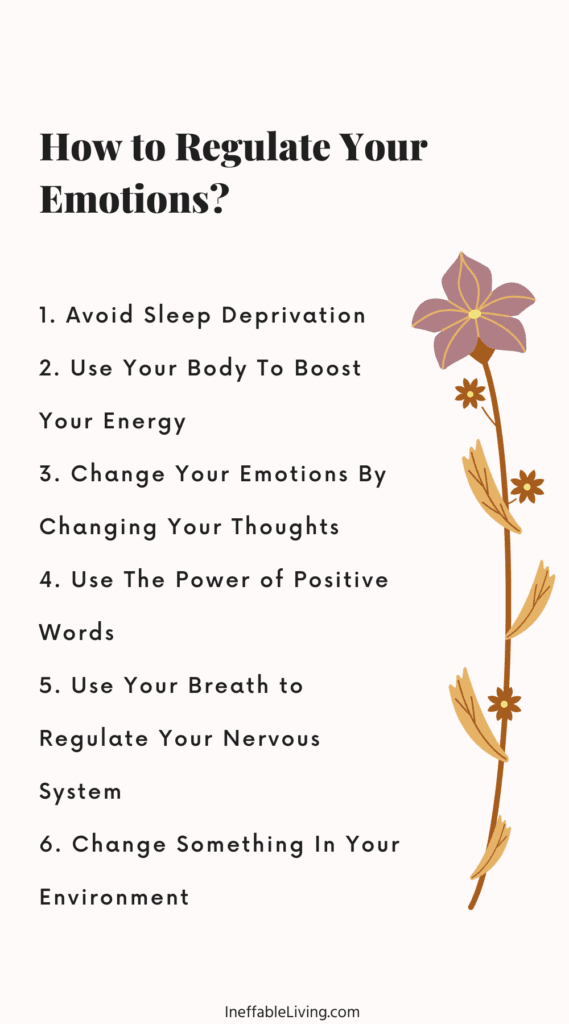
#4. Heal your inner child
The concept of the inner child refers to the part of our psyche that embodies the memories, emotions, and experiences we had during our childhood.
It represents the purest and most vulnerable part of ourselves that developed during those early years.
Our inner child carries our unmet needs, desires, fears, and traumas, which can continue to impact our emotions and behaviors as adults.
The inner child holds our core beliefs about ourselves, others, and the world around us, shaping our self-esteem, self-worth, and sense of safety.
The following are some exercises to help you reach your inner child:
Inner Child Visualization
1. Begin by taking a few deep breaths, allowing yourself to settle into the present moment.
2. Visualize yourself in a peaceful and nurturing environment, perhaps a beautiful garden or a cozy room. Imagine that you are surrounded by warm, loving energy.
3. Now, imagine a younger version of yourself standing before you. This is your inner child, carrying the pain and wounds from the mother relationship.
4. Gently extend your hand towards your inner child and invite them to come closer. Assure them that they are safe and loved.
5. Take a moment to observe the emotions and feelings your inner child is expressing. Acknowledge their pain, sadness, or any other emotions that surface.
6. Begin to offer reassurance and comfort to your inner child. Let them know that you are here for them and that they are not alone.
7. Visualize giving your inner child a warm and loving embrace. Feel the connection and love flowing between you both. Notice how it feels to nurture and care for them.
8. Speak soothing words to your inner child, such as “You are worthy of love and belonging,” “You are enough just as you are,” or “I am here to protect and support you.”
9. Continue to shower your inner child with love, acceptance, and understanding. Remind them that they deserve happiness and healing.
10. Take as much time as you need in this visualization, allowing your inner child to receive the nurturing they may have missed out on.
Letter Writing
Write a letter to your inner child, expressing all the feelings you have towards them.
Let them know that they were deserving of love, care, and reassurance. Assure them that you are present and committed to their healing.
You might also consider writing a letter from your inner child to your adult self, expressing their needs, fears, or desires.
Related: Learning How to Receive: (7 Steps to Opening Up And Unlock The Power of Receiving)
#5. Challenge negative childhood beliefs
Begin by becoming aware of the negative beliefs you hold about yourself and your relationship with your mother.
Here are some common negative childhood beliefs that may arise when healing the mother wound:
1. “I am unlovable”: This belief often arises when a person feels rejected or unaccepted by their mother. It can lead to difficulties in forming healthy relationships and low self-worth.
2. “I am not good enough”: This belief stems from feelings of never meeting an internalized standard of perfection set by the mother. It can lead to excessive self-criticism, self-doubt, and a constant need for validation.
3. “I am responsible for my mother’s happiness”: This belief can develop when a child takes on the emotional burden of their mother’s happiness or struggles. It can lead to a sense of guilt, obligation, and difficulty setting boundaries.
4. “I am unworthy of success”: If a mother was particularly critical or dismissive, a person may develop this belief, leading to self-sabotage, fear of failure, and a lack of confidence in their abilities.
5. “I am invisible”: Children who were neglected emotionally or physically may develop this belief, feeling unseen and unheard. It can result in difficulties expressing oneself and seeking attention or validation from others.
Challenge the validity of these negative beliefs.
1. “I am unlovable”:
– Can I think of moments or people in my life who have shown me love and care?
– What evidence do I have that contradicts this belief?
– How might my perception of love be influenced by my past experiences?
– How can I actively work on building self-love and self-compassion?
2. “I am not good enough”:
– What are some achievements or strengths that I have overlooked or dismissed?
– How do my expectations of perfection impact my self-worth?
– What evidence do I have that supports the fact that I am, in fact, good enough?
– How can I cultivate self-acceptance and focus on personal growth rather than comparing myself to others?
3. “I am responsible for my mother’s happiness”:
– What are some ways in which I can set healthy boundaries with my mother while still maintaining a caring relationship?
– How can I remind myself that I am not solely responsible for another person’s emotions or well-being?
– Can I identify instances where I have prioritized my own happiness, and how did that benefit me?
– How can I practice self-care and nurture my own needs without feeling guilty?
4. “I am unworthy of success”:
– What are some successes or accomplishments I have already achieved in my life?
– How can I challenge the notion that success is only defined by external validation?
– Can I identify any role models or successful individuals who have faced similar challenges or self-doubts?
– How can I practice acknowledging and celebrating my achievements, no matter how small?
5. “I am invisible”:
– Are there instances in my life where I have felt seen or heard by others?
– How can I work on expressing my thoughts and emotions more assertively?
– Can I surround myself with supportive individuals who value and acknowledge my presence?
– What steps can I take to cultivate a sense of visibility and ensure my needs are met?
Look for evidence that goes against these negative beliefs. Identify instances in your life where you have shown resilience, strength, or positive qualities that contradict the negative beliefs you hold. Recognize that you are not defined solely by your past experiences.
Positive Affirmations
Create affirmations that address the specific wounds related to your mother wound.
Repeat these affirmations daily, such as “I am deserving of love and nurturing,” “I release any blame or resentment towards my mother,” or “I am capable of healing and creating a healthy inner mother.”
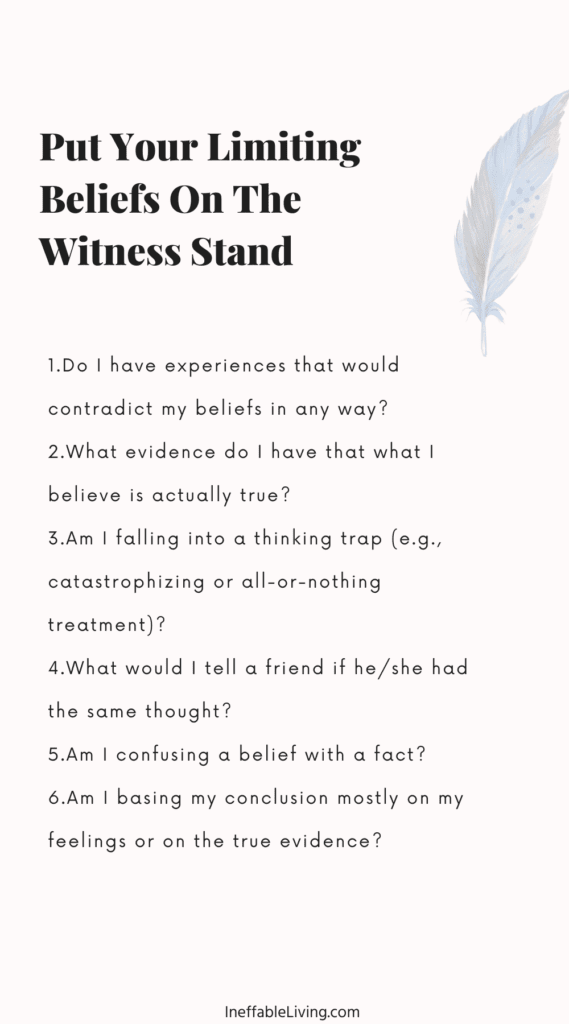
#6. Embrace your inner mother
Develop a positive and nurturing internal dialogue. Replace negative self-talk with words of encouragement and support. Remind yourself that you are worthy of love and care.
Keep in mind that it may take time and repeated practice to fully integrate the nurturing and love of your inner mother into your being.
Inner Mother Meditation
1. Begin by taking a few deep breaths, allowing yourself to center and be present in the moment.
2. Visualize yourself surrounded by a warm, loving light. This light represents the energy of your inner mother, a nurturing and supportive presence that resides within you.
3. Take a moment to reflect on the qualities you would like your inner mother to possess. These might include unconditional love, understanding, compassion, and acceptance.
4. Imagine your inner mother stepping forward, appearing as a wise and nurturing figure. Allow her to take whatever form feels most comforting to you, whether it’s someone from your past or an entirely imagined figure.
5. Invite your inner mother to sit or stand beside you. Feel her presence and the immense love she holds for you.
6. Share with your inner mother any pain, hurt, or unresolved issues you have related to your own mother. Express your feelings honestly and openly, knowing that your inner mother is here to listen and support you.
7. Allow your inner mother to respond to you with love and understanding. Listen to her kind words, soothing voice, and gentle guidance. Feel the warmth and comfort of her embrace.
8. Engage in a dialogue with your inner mother. Ask her for advice, seek her wisdom, and allow her to provide the nurturing and reassurance that you crave.
9. Receive the loving energy and messages from your inner mother. Embrace them deeply, knowing that they are filling the voids and healing the wounds within you.
10. Take a few moments to bask in the presence and love of your inner mother. Absorb her energy and allow it to nurture and heal you.
11. When you feel ready, express gratitude to your inner mother for her unwavering love and support. Know that you can return to this meditation whenever you need to connect with her.
12. Slowly open your eyes, bringing the qualities of your inner mother with you into your everyday life.
#7. Identify and fulfill unmet needs
Pay attention to your emotions and notice any patterns or themes that arise.
It’s common to experience feelings such as abandonment, rejection, neglect, or a lack of validation. These emotions are indicators of underlying unmet needs.
Those needs can vary from person to person, but there are some common themes that many individuals may experience:
1. Unconditional Love and Acceptance:
Many individuals with a mother wound may have experienced a lack of unconditional love and acceptance from their mothers or maternal figures. This can lead to feelings of insecurity and self-doubt.
To fulfill this need:
– Engage in activities that promote self-care and self-compassion. Treat yourself with kindness, forgiveness, and understanding. Recognize and celebrate your strengths and achievements.
– Surround yourself with people who offer love, acceptance, and non-judgmental support. Form healthy friendships and relationships where you can experience unconditional positive regard.
2. Emotional Nurturing:
Emotional nurturing involves receiving comfort, empathy, and validation for one’s emotions. When this need is unmet, individuals may struggle with emotional regulation and have difficulties expressing their feelings.
To fulfill this need:
– Find ways to comfort yourself emotionally, such as engaging in hobbies you enjoy, practicing relaxation techniques, or seeking solace in nature.
– Cultivate a compassionate inner dialogue. Acknowledge and validate your emotions, and practice self-empathy by treating yourself with gentleness and understanding.
3. Validation and Empathy:
Validation and empathy are crucial for emotional well-being. Individuals with a mother wound often crave validation for their feelings, experiences, and struggles.
To fulfill this need:
– Seek validation from others. Share your experiences and emotions with trusted friends, family, or a therapist who can offer understanding and empathy. Seek out relationships where you feel heard and validated.
– Practice self-validation. Learn to acknowledge and validate your own emotions, thoughts, and experiences. Remind yourself that your feelings are valid and deserving of attention and compassion.
4. Self-Identity:
Individuals with a mother wound may struggle with developing a healthy sense of self-identity, as they might have felt overshadowed, neglected, or invalidated in their formative years.
To fulfill this need:
– Engage in self-discovery activities. Journaling, art therapy, and self-reflection exercises can help you explore and define your own identity separate from the mother wound.
– Seek positive role models. Look for mentors or individuals who inspire and support your personal growth and development. Surrounding yourself with positive influences can aid in shaping a strong and healthy sense of self.
#8. Heal your mother wound within your relationships
Pay attention to any triggers or situations in your romantic relationships that remind you of your mother wound.
By identifying these triggers, you can develop strategies to manage your emotions and respond in a more constructive way.
Clearly express your needs and expectations to your partner, emphasizing open and honest communication.
Share your vulnerabilities and fears, allowing your partner to understand and support you as you navigate the healing process.
Your relationship can serve as a valuable opportunity for emotional support and provide you with the experience of receiving care without any expectations of reciprocation.
Nurturing exercise
A helpful exercise to enhance your ability to receive nurturance is to kindly ask your partner to hold you in a safe, non-sexual manner.
During this time, they should refrain from providing physical comfort or stroking, instead focusing on offering a calm presence and acceptance.
It can be beneficial to agree upon a specific duration, such as twenty minutes, as a guideline for this exercise.
Afterwards, take some time to discuss your experience with your partner. Explore how it made you feel and whether it was a positive encounter.
If it went well, consider scheduling another session to repeat the exercise.
Related: How To Communicate More Effectively
#9. Take care of yourself
Prioritizing self-care can help create a nurturing environment that promotes healing and growth.
Engage in activities that bring you joy and promote self-care.
This could include hobbies, spending time in nature, practicing mindfulness or meditation, pursuing creative outlets, exercising, or getting enough restful sleep.
Prioritize activities that nourish and replenish you.
Engaging in positive and supportive relationships is invaluable during this healing journey.
Surrounding yourself with understanding and empathetic individuals can provide a sense of belonging and contribute to your emotional well-being.
Consider joining support groups, seeking therapy, or connecting with online communities where you can share experiences and gain insights from others who have undergone a similar healing process.
Related: 45 Easy Self Care Day Ideas at Home for a Healthy Mind, Body & Soul
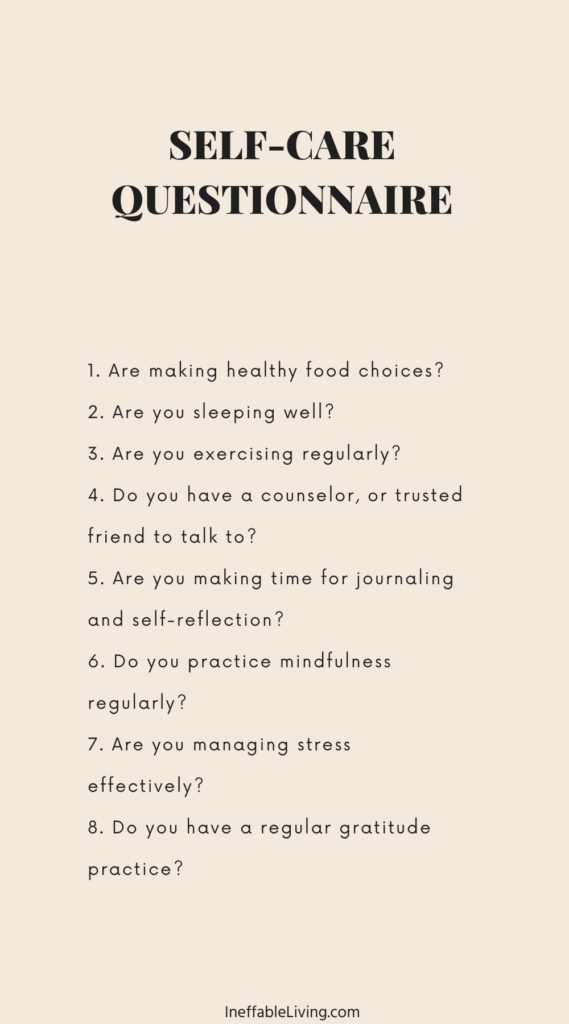
#10. Forgive (if and when you’re ready)
Forgiveness doesn’t mean forgetting or condoning past actions; rather, it involves releasing resentment and finding peace within yourself.
Acceptance of what has happened can also be an important step in healing, allowing you to let go of any lingering pain or expectations.
1. Recognize your mother’s limitations
Try to empathize with your mother’s own experiences, upbringing, and challenges that may have contributed to her limitations.
This doesn’t excuse any harm caused, but it can help you develop a more compassionate perspective.
Adjust your expectations of your mother based on her limitations.
Recognize that she may not be capable of providing the emotional support or nurturing you desired or expected.
Adjusting your expectations can prevent ongoing disappointment and frustration.
2. Write a forgiveness letter
Grab a pen and paper (or open a blank document) and write a letter to your mother expressing your feelings, pain, and disappointment.
Be honest and authentic in your words. Share how her actions or absence affected you and impacted your life.
This is an opportunity to release and express your concerns and emotions.
After writing the letter, take a moment to step into your mother’s shoes and consider the potential challenges she might have faced in her own life.
Try to gain perspective on her actions or behaviors, understanding that they might have stemmed from her own wounds and limitations.
Recognize that forgiveness does not necessarily mean reconciliation or condoning past actions. It is about finding inner peace and freeing yourself from the burden of resentment and anger.
Let go of any expectations of receiving an apology or changing your mother’s behavior. Focus on your own growth and healing.
Find a safe and private space where you can perform a letting go ceremony.
You can burn the letter, symbolizing the release of negative emotions, or tear it into tiny pieces and discard it.
As you do so, visualize yourself releasing the pain and negativity associated with the mother wound.
3. Forgive yourself
Recognize that it’s not your fault. Understand that your mother’s limitations are not your responsibility or something you caused.
It’s essential to separate her limitations from your own self-worth and recognize that you are not defined by her actions or behaviors.
Conclusion
Remember that healing the mother wound is a deeply personal and unique process. It may take time, patience, and consistent effort.
Be compassionate with yourself as you embark on this journey, and trust your own pace. It’s okay to seek support and guidance along the way.
With time and dedication, it is possible to heal the mother wound and cultivate healthier relationships with both yourself and others.
What’s Next? Survivors of Narcissistic Parents: 7 Ways to Heal From a Narcissistic Parent
Inner Child Healing Exercises PDF
References
- Portions of this article were adapted from the book Will I Ever Be Good Enough? Healing the Daughters of Narcissistic Mothers, © 2008 by Karyl McBride. All rights reserved.
- Portions of this article were adapted from the book Mothers Who Can’t Love: A Healing Guide for Daughters, © 2013 by Susan Forward. All rights reserved.
- The Mother Wound: What It Is and How to Heal (healthline.com)
- Writing The Mother Wound: A Mother’s Day Anthology — The Latinx Project at NYU
- The Mother Wound | Psychology Today Canada
- The Mother Wound – How To Heal The Mother Wound | Goop
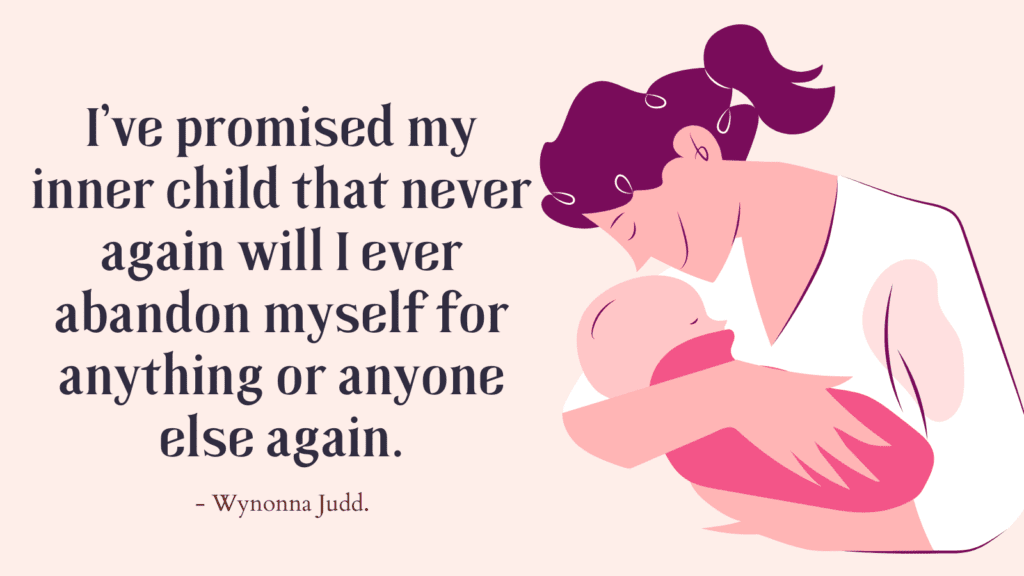
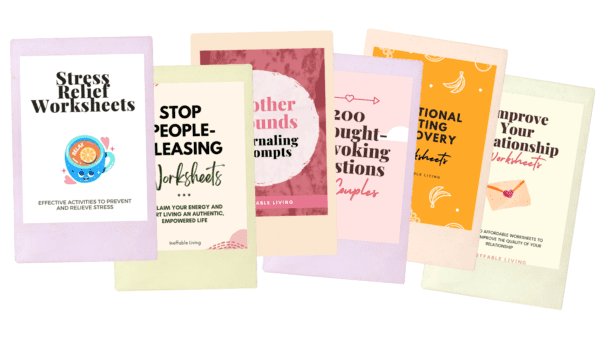

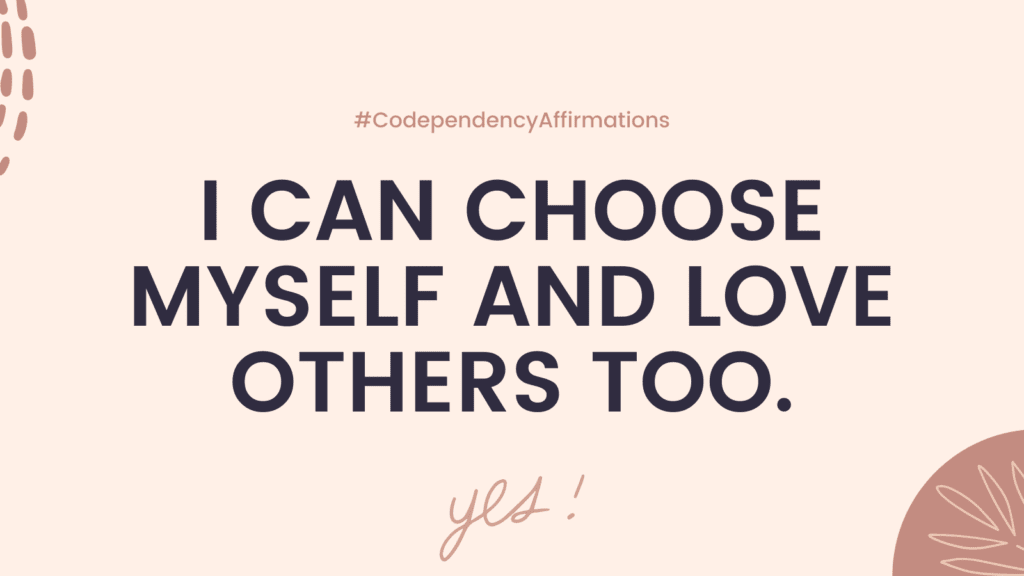
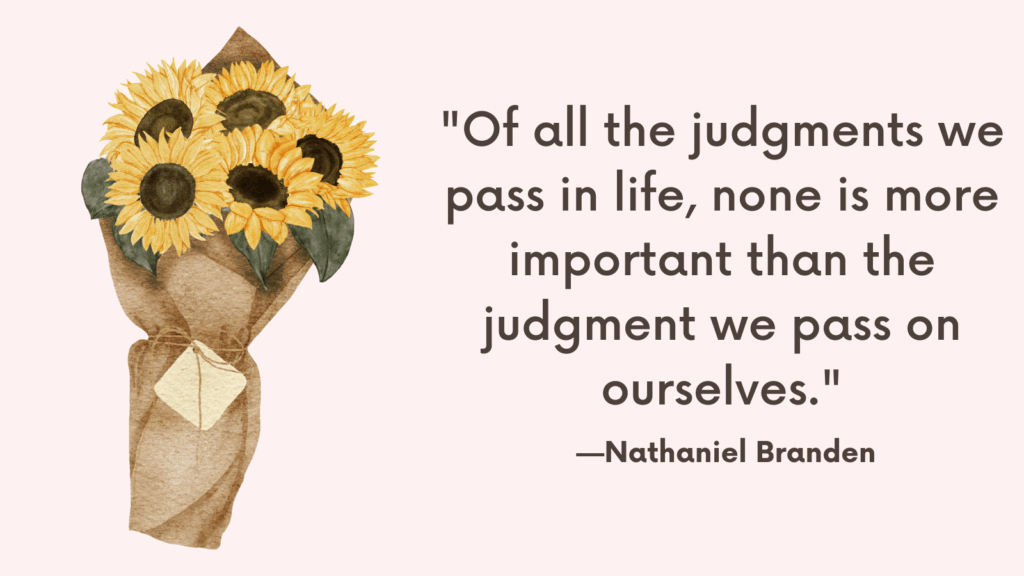
Comments are closed.